Uyuni Salt Flat and Altiplano tour – DAY 2
So… the start of day 2 was bright and early with a 6.30am breakfast for departure at 7am. As I mentioned, we stayed in a salt hotel – and here it is…

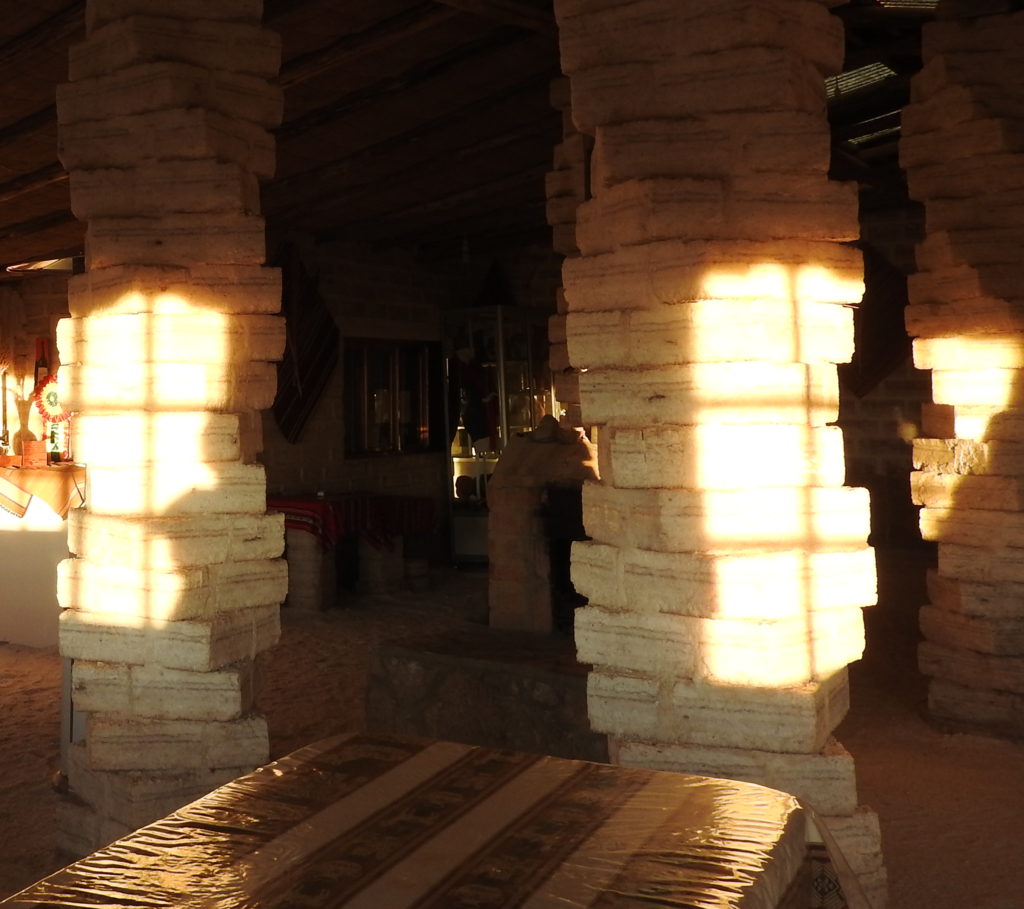
Day 2 goes even higher up into the altiplano, with various scenic stops along route. The first one being…. another salt flat… yes, there are quite a few salt flats in the area, not just the giant Salar de Uyuni.

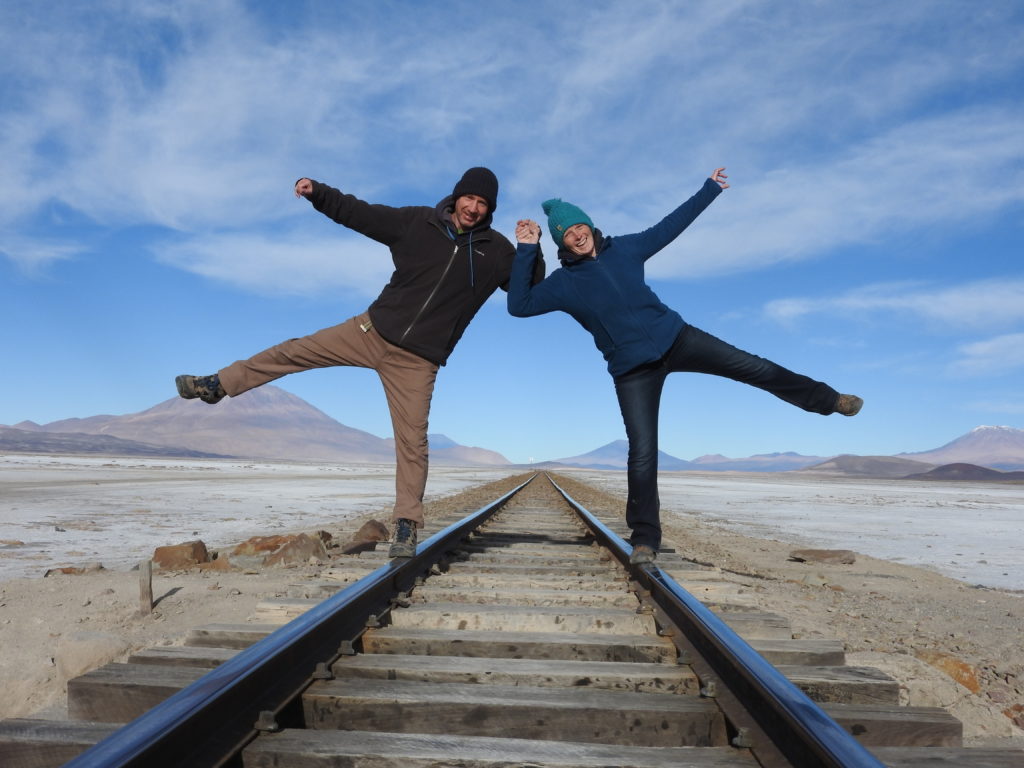

Next stop on the agenda was the viewpoint of Ollague Volcano. This volcano is on the Bolivia/Chile border and it is still potentially active (nothing has happened for a very long time, but it still smokes…). Its summit is 5868m above sea level.
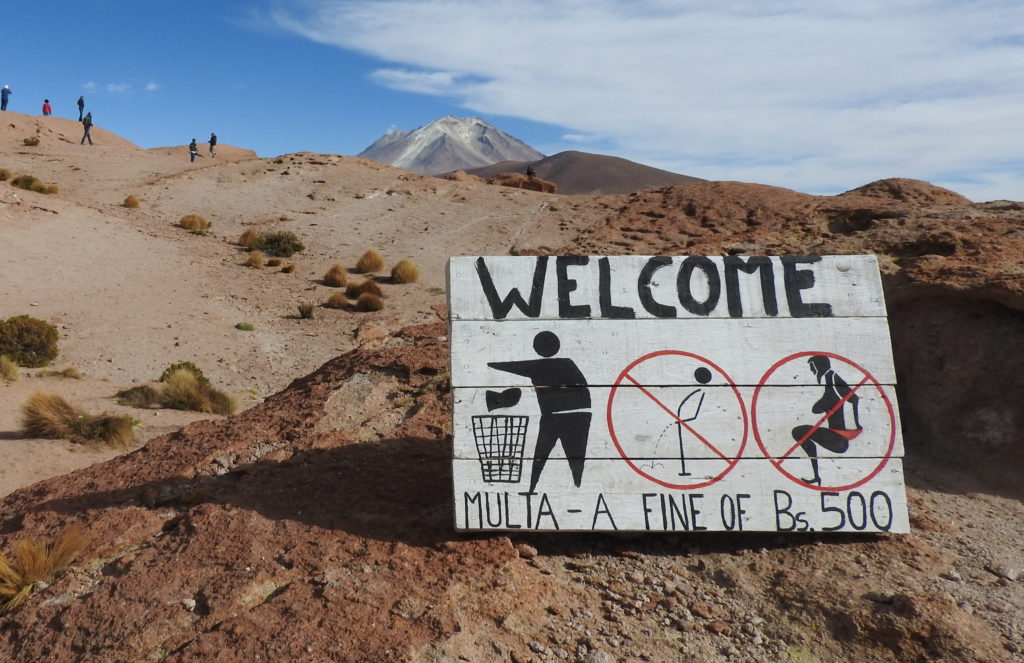


After the volcano we were off to Laguna Cañapa and Laguna Hedionda where we saw flamingos! But not just any old flamingos… no… James’s Flamingos – which are rare and extremely beautiful! More about them later…

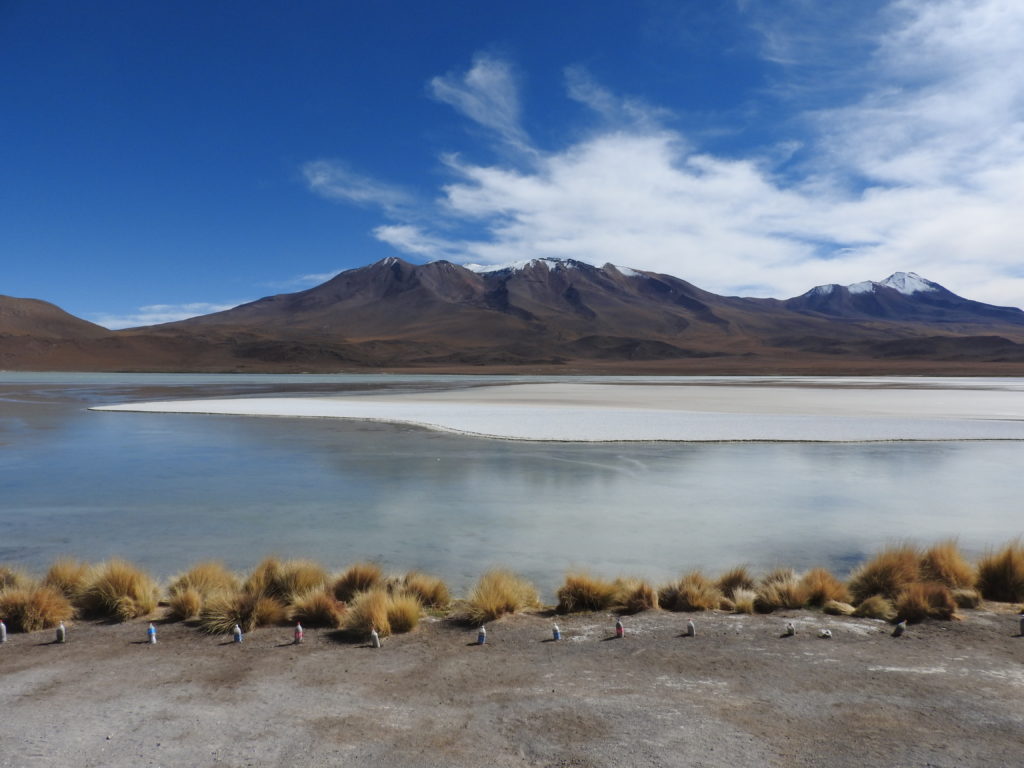
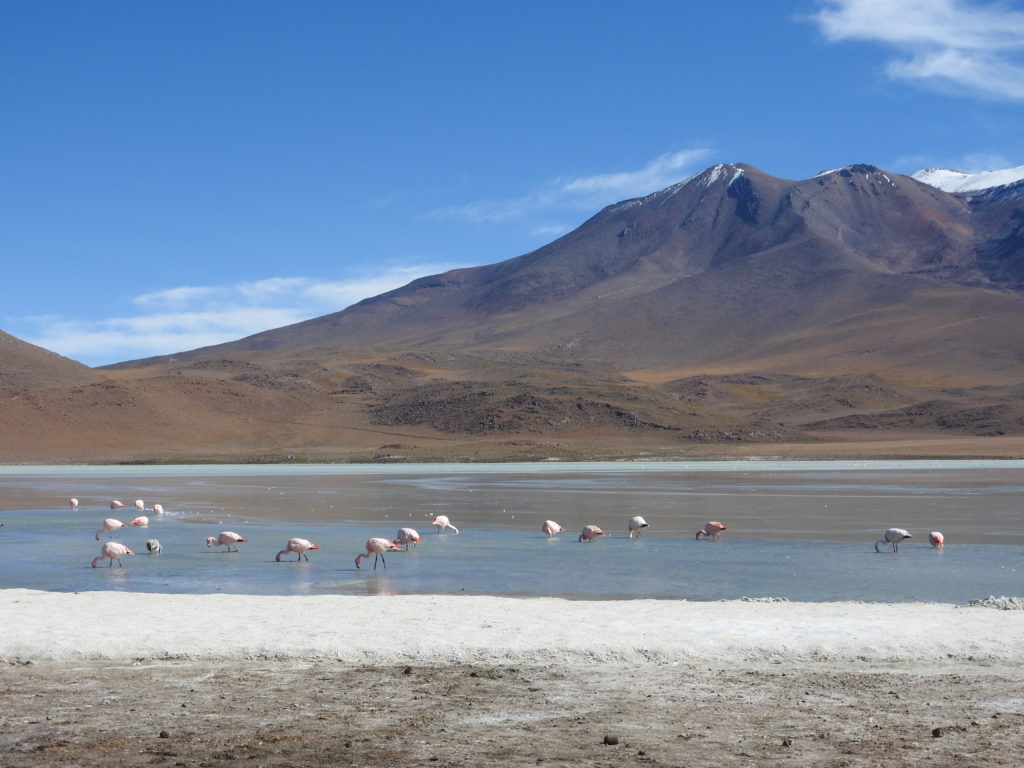
After the lakes, we had lunch and then headed into the Siloli desert. We had a few stops along the way to take pictures, and we found our friend the Viscacha again.

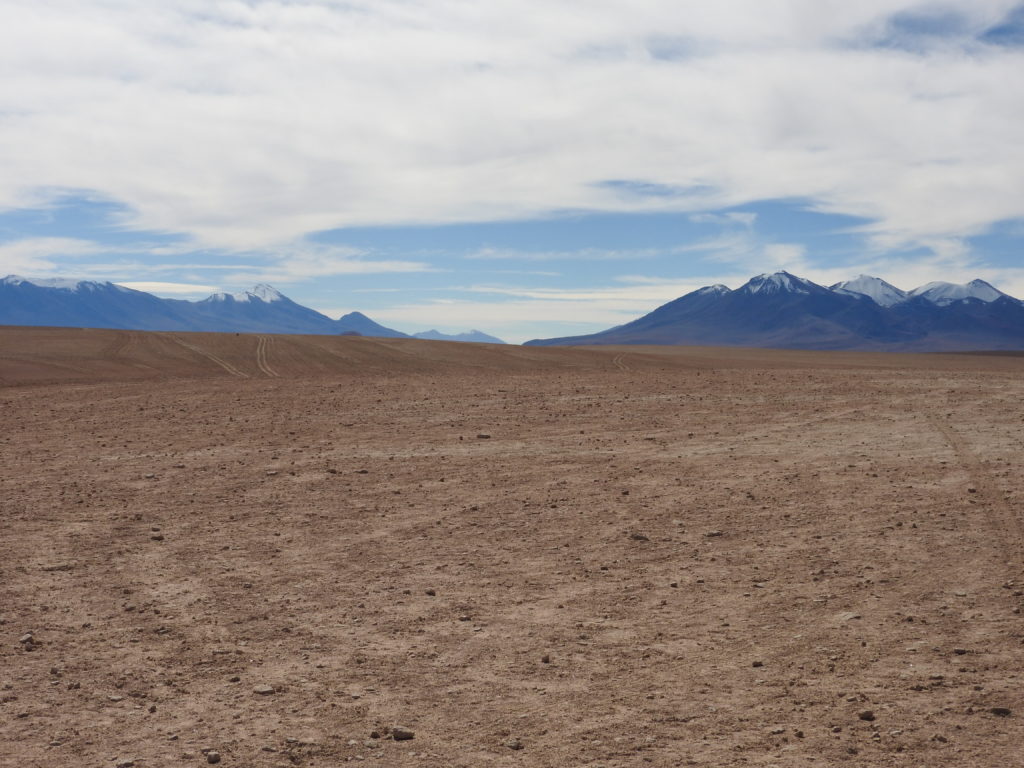
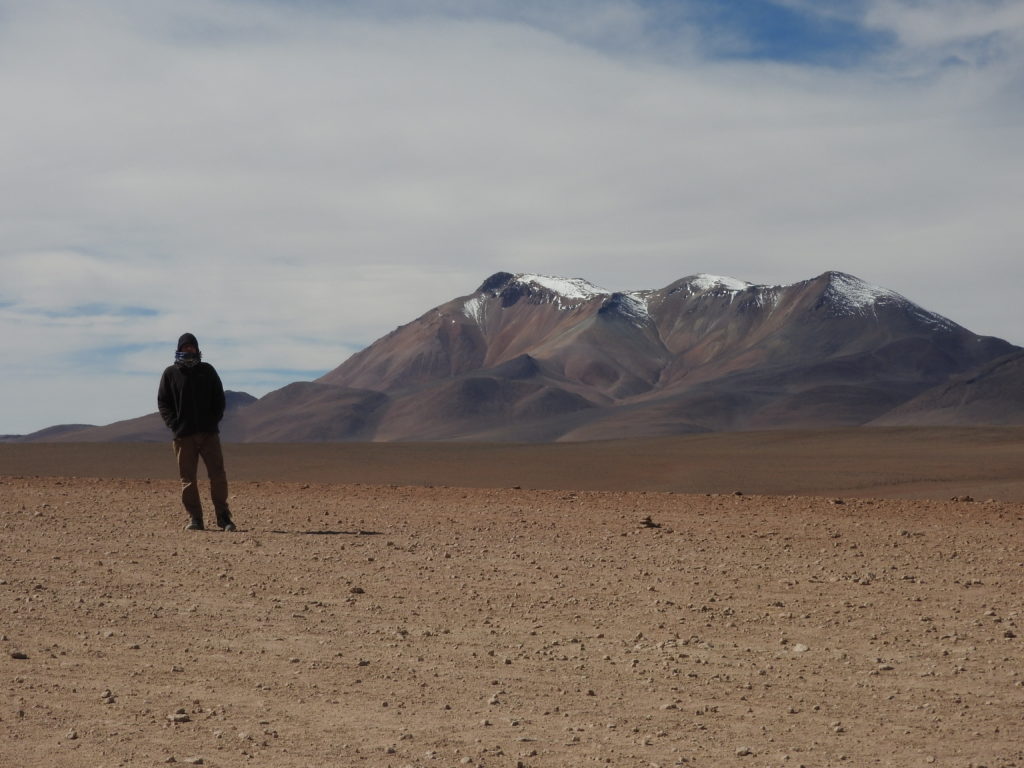

The most famous attraction in the desert is called the ‘Arbol de Piedra‘ (stone tree) – because it looks like a tree of course (and it’s made of stone…) Personally, I found it a little underwhelming as it’s not very big – but the area around it is very striking.
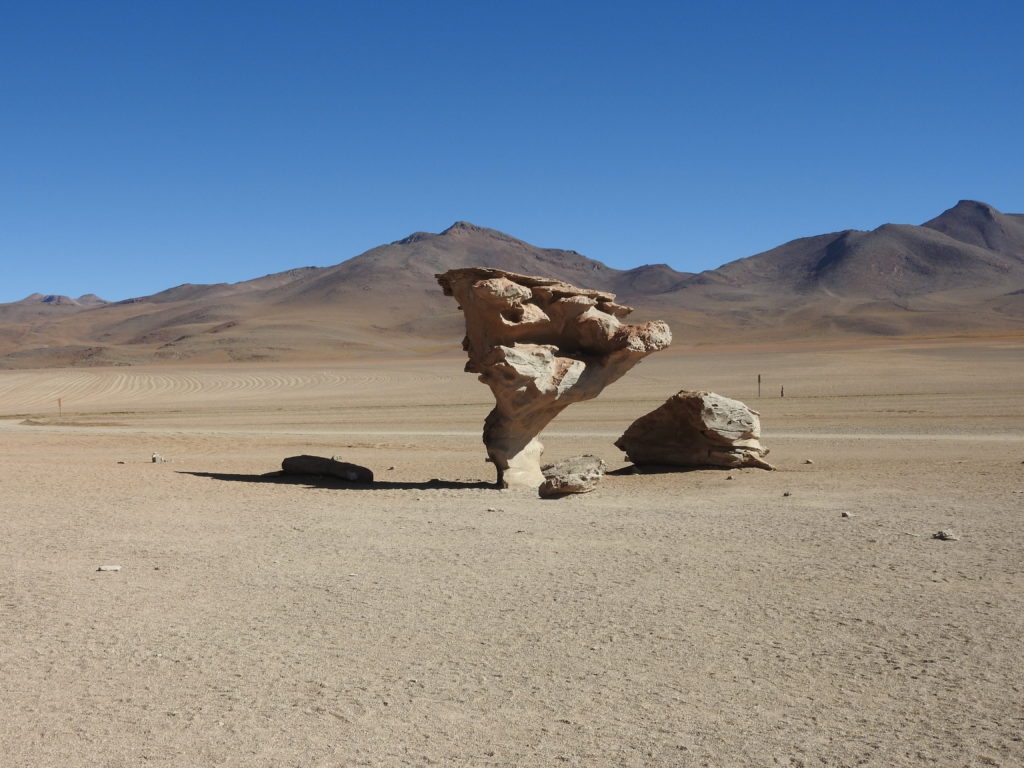
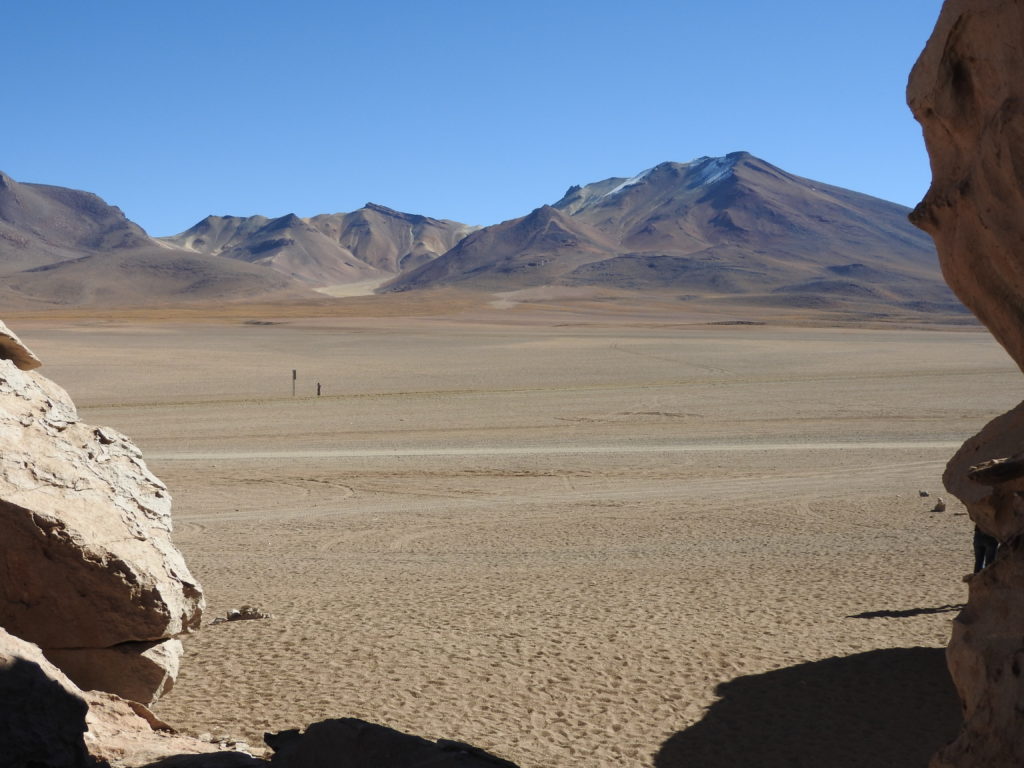
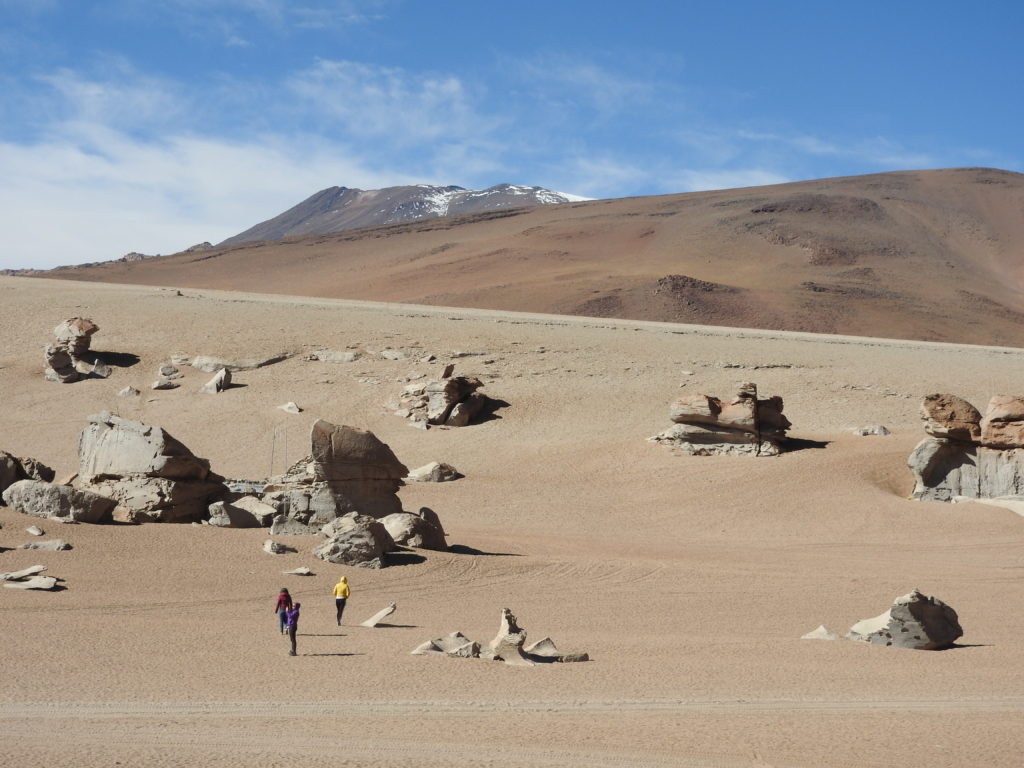
After we had wandered around in the ‘stone tree’ area for a while, it was time to head to our next stop – the Laguna Colorada – which is inside Eduardo Avaroa Andean Fauna National Reserve.
This lake has a reddish colour, which is caused by sediment and some algae, and it’s also home to lots of flamingos – YES – more flamingos… 🙂 It’s really stunning, and we spent around an hour there walking around.
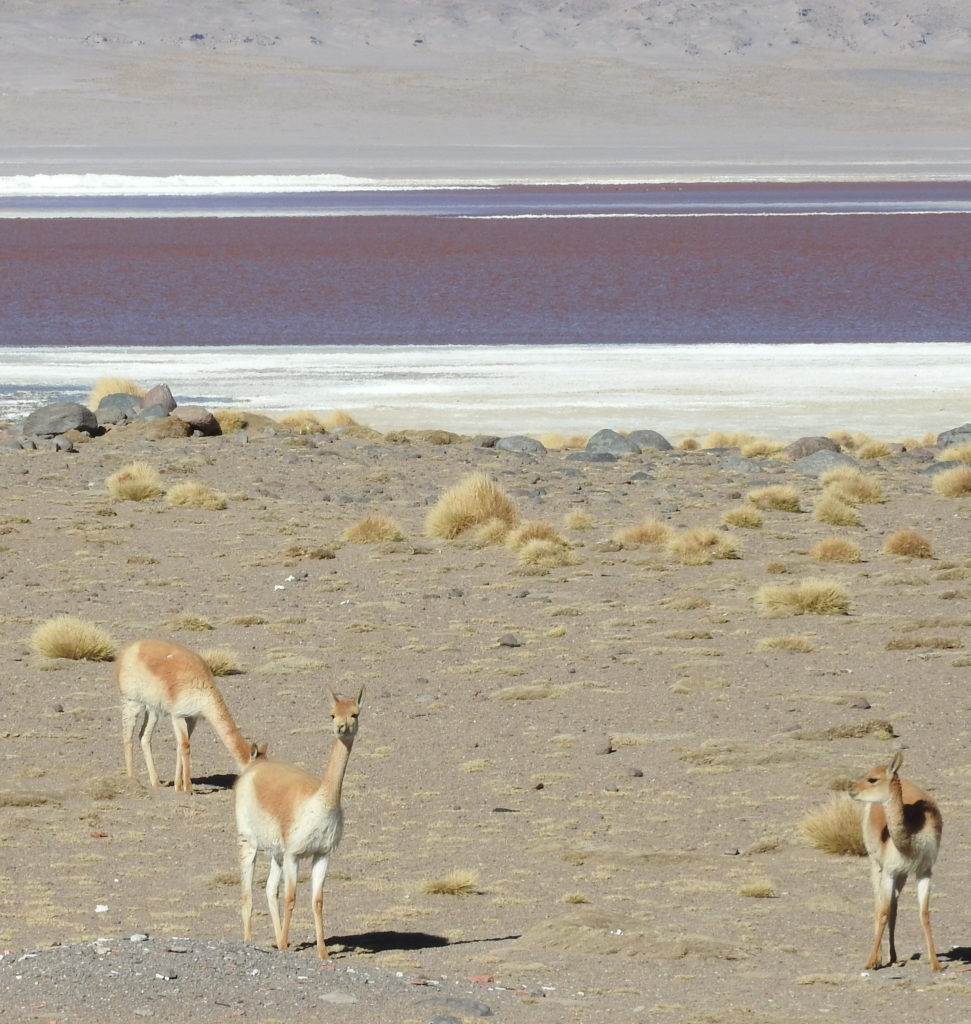
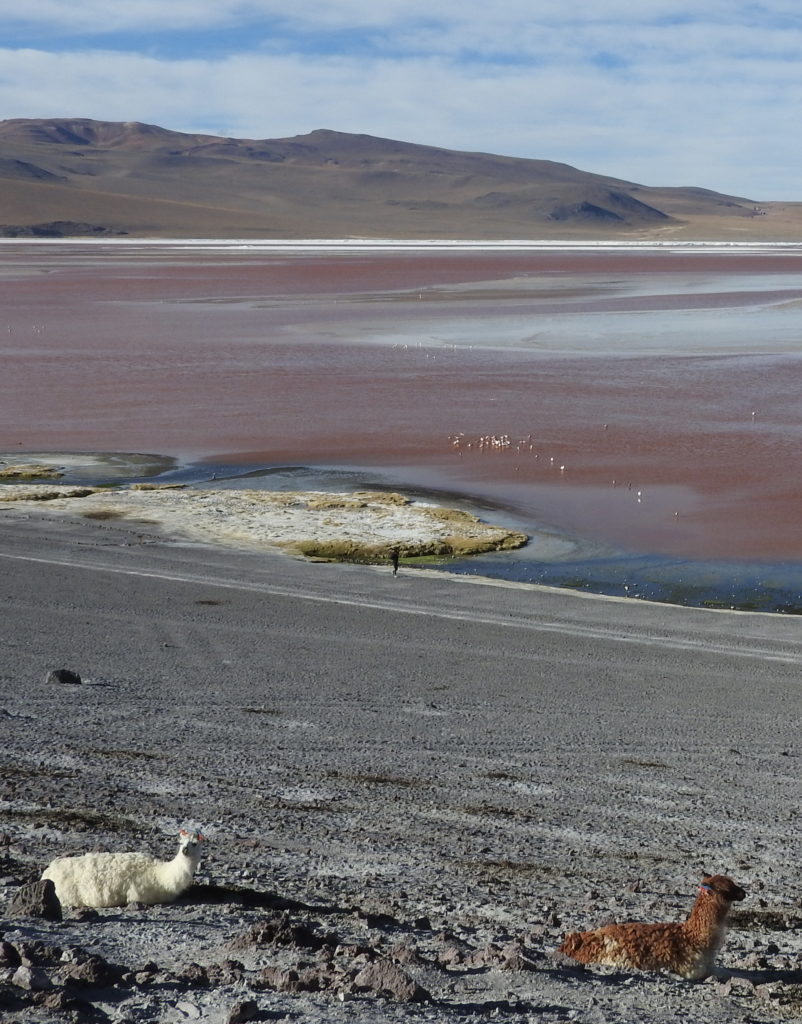
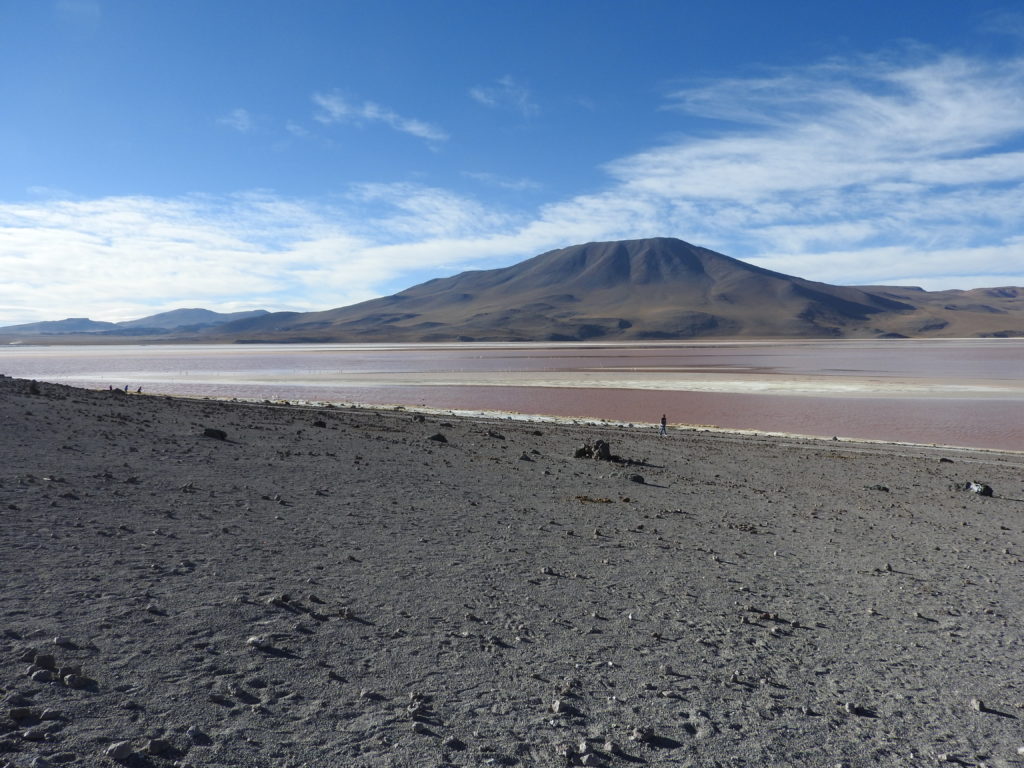
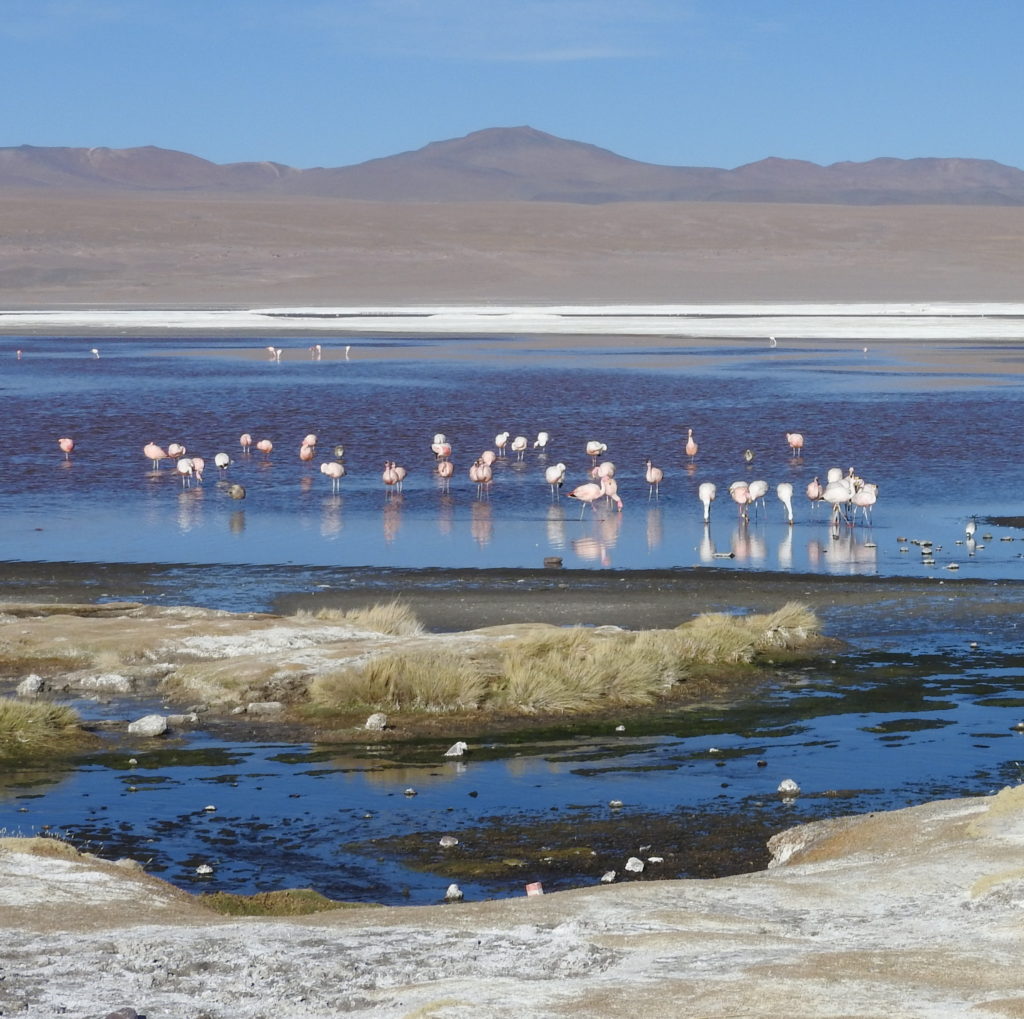
Laguna Colorada was our favourite place of the day, lots of birds and wildlife and stunning views all around.
By the time we left Laguna Colorada, it was getting late in the day – but we had one final stop in store – and we arrived there around sunset. It was called Sol de Mañana
– which is a geothermal field with steam pools and bubbling mud. It is part of the same geothermal system that we visited just across the border in Chile a few weeks ago.
Let me start by telling you that this area had the highest altitude on the trip – we were at 4960m above sea-level – so we both broke our record for the highest altitude that we have ever visited – YAY US! 🙂
Let me also tell you that it was very windy, and that the sun went down just as we arrived. All of this added up to it being ABSOLUTELY FREEZING! We literally ran around the area as it was so cold and windy…but we still enjoyed ourselves amongst all the steam and bubbling mud 🙂
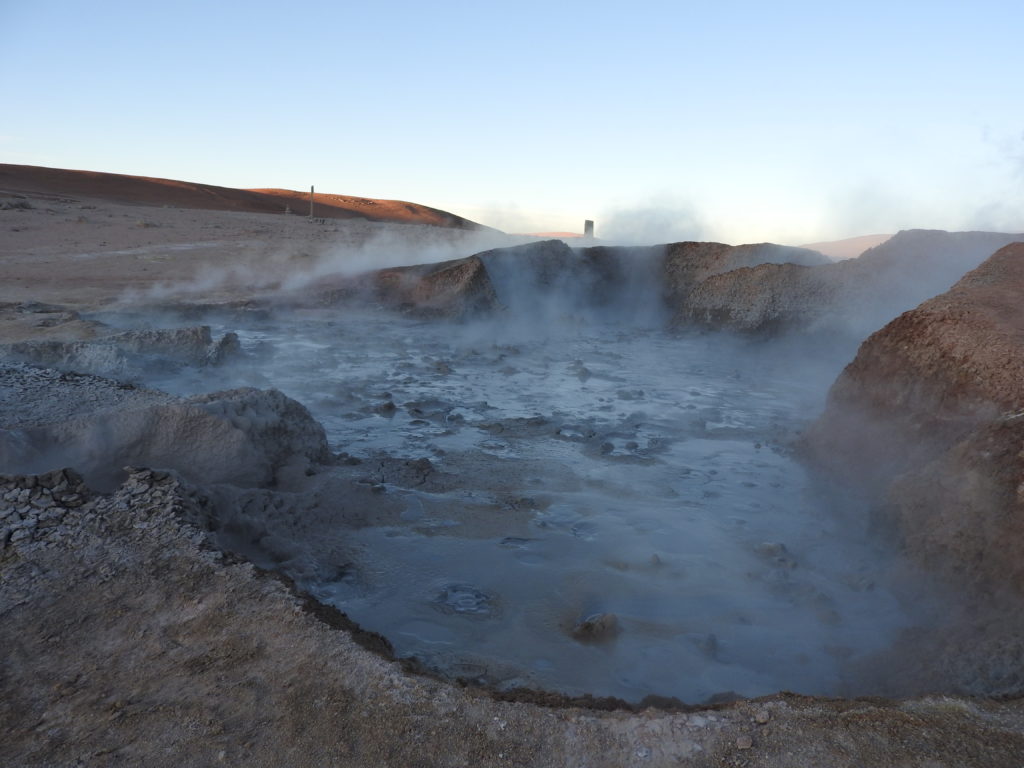

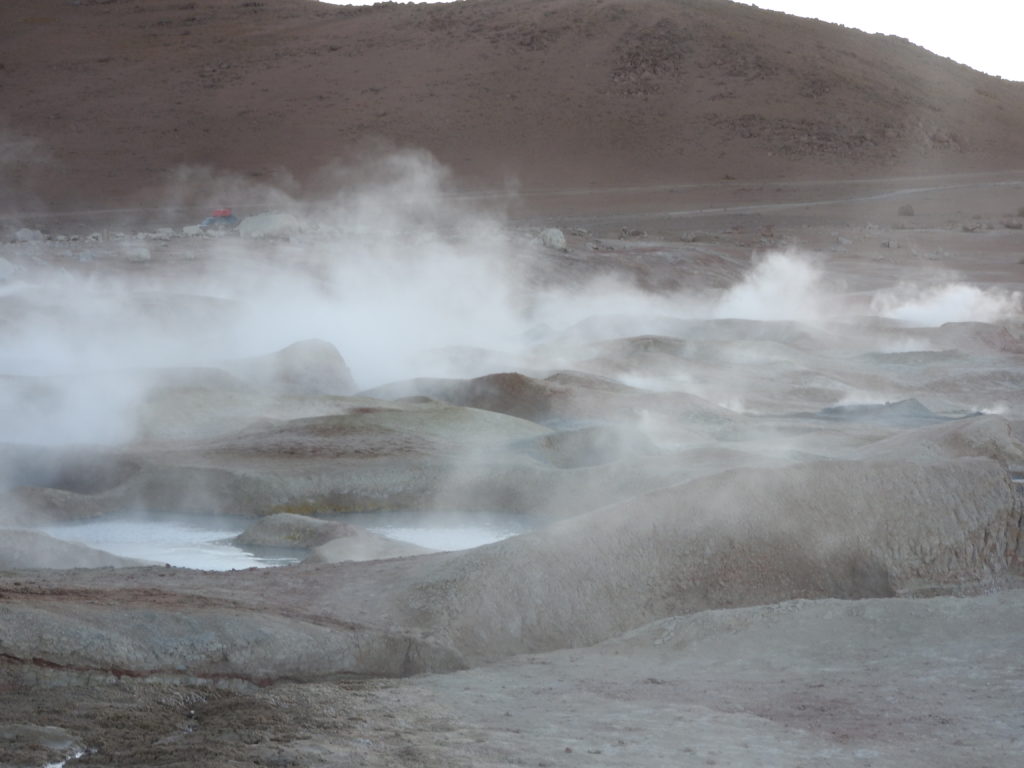
After we left Sol de Mañana it went dark, and we had around an hour’s drive to our accommodation for the night. It was located at a place called Polques, on the edge of a hot spring.
There we found out what ‘very very basic’ accommodation meant…. we were allocated one room with six beds in it – shared by us, the Irish girls, and our guide. It did have a toilet attached to it though, BUT the floor was made of gravel, and the beds were made of stone! 🙂
It would have been fine really, but it was INCREDIBLY COLD. In fact that night it went down to -11 degrees – yes, that’s sleeping in a concrete room with no insulation or heating when it’s -11 degrees outside?!? We wore all of our clothes and were inside sleeping bags and it wasn’t TOO bad! 🙂 But the Irish girls didn’t have sleeping bags and had a bit of a rough, cold night.
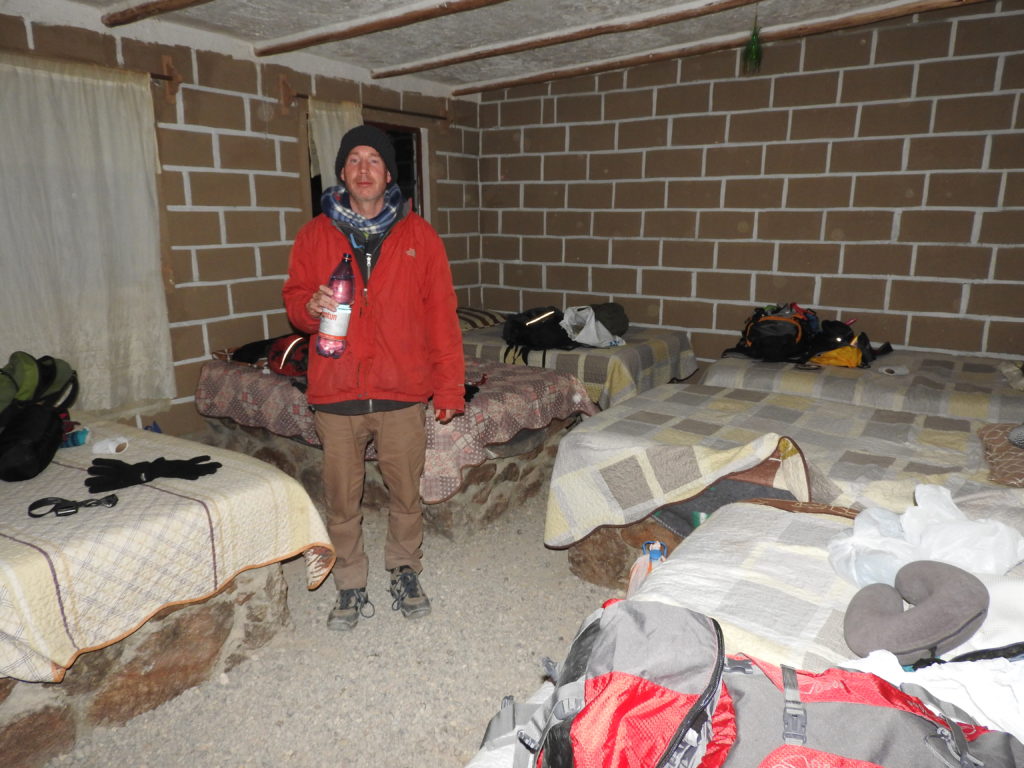
Here is the weather forecast for that night…
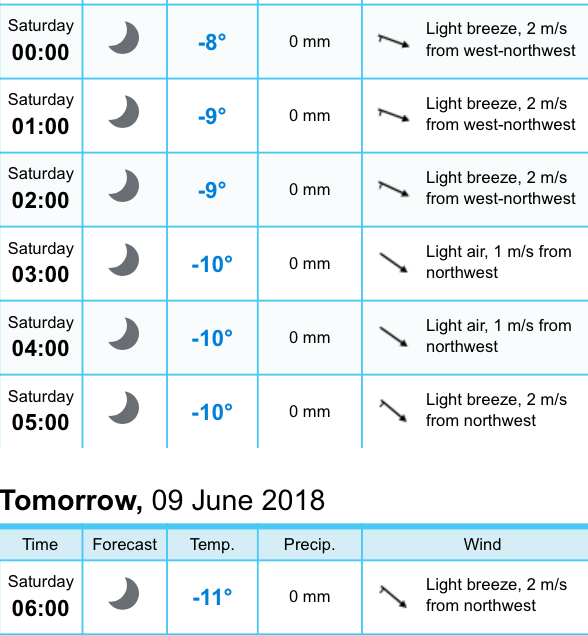
On the plus side, the food provided was good, and even included some Bolivian red wine (not too bad actually) – and believe it or not, there was an option to go and bathe in the hot springs down the road from the hotel! As you may well know, we never miss an opportunity to turn down going into some hot springs when it’s below zero 🙂 …so we didn’t go in… the Irish girls did and they really enjoyed it – but they are from Ireland and so are tough enough to handle the cold 😉
Polques is located at 4400m above sea level, so we both broke our ‘highest altitude ever slept at’ records – YAY US AGAIN! 🙂
Third and final day, here we come…
